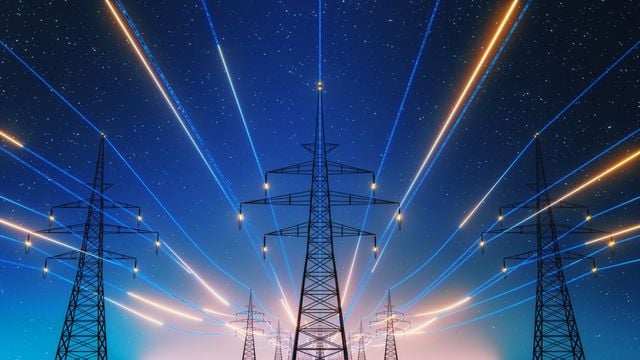Ropes & Gray attended Proximo Congress 2025 in Nashville last week, where leading dealmakers and advisors convened to discuss the future of energy and digital infrastructure in the US against a backdrop of immense policy uncertainty. A few key themes emerged during the conference:
- Market Resilience Driving Activity through Uncertainty
- Demand for Power Creating New Opportunities
Market Resilience
Energy and infrastructure activity in the US is experiencing a period of policy uncertainty pending resolution of the “One Big Beautiful Bill Act” (BBB), which has resulted in a significant outflow of capital from the US in recent months. This development stands in stark contrast to the large inflows of capital into the US that were driven by the regulatory incentives for energy transition projects created under the Inflation Reduction Act (IRA).
Nonetheless, the latest market indicators suggest that key players in these sectors believe that uncertainty has peaked, allowing asset allocators, capital providers, and operators to assess risks and opportunities more reliably. Additionally, financing sources within many segments of the industry are reported as being back at the table with attractive pricing and terms, including renewed appetite for construction phase financing.
Participants were still digesting the text of the BBB, cautiously aware that the reconciliation of the House and Senate versions could further disrupt investments designed to take advantage of the ITCs and PTCs from the IRA.
Demand for Power
Unprecedented demand for power will continue to drive renewables development in the US, both in front of and behind the meter. In particular, the explosive growth of data centers is showing no signs of abating despite market uncertainty in other sectors.
Data centers account for approximately 2–3% of energy consumption in the US today, but are projected to make up 12% of energy consumption by 2030. The need for predictable, uninterrupted baseload power has become the central focal point for developers, operators, hyperscalers, and other tenants and financing sources active in data center development.
Although participants have embraced an “all of the above” approach to power in the near term, hyperscalers remain focused on sustainability in the long term. As a result, renewables—which remain a “fastest-to-market” way to add capacity to both utility systems and on-site generation—will continue to play a significant role in meeting the ever-increasing demand for power.
Moreover, while natural gas is poised to take a more prominent role in the near term, advances in technology and the emergence of alternatives to solar and wind (such as nuclear energy) are likely to accelerate the role of renewables in filling the energy gap in the US in the medium to longer term.
Subscribe to Ropes & Gray Viewpoints by topic here.
Authors
Stay Up To Date with Ropes & Gray
Ropes & Gray attorneys provide timely analysis on legal developments, court decisions and changes in legislation and regulations.
Stay in the loop with all things Ropes & Gray, and find out more about our people, culture, initiatives and everything that’s happening.
We regularly notify our clients and contacts of significant legal developments, news, webinars and teleconferences that affect their industries.




